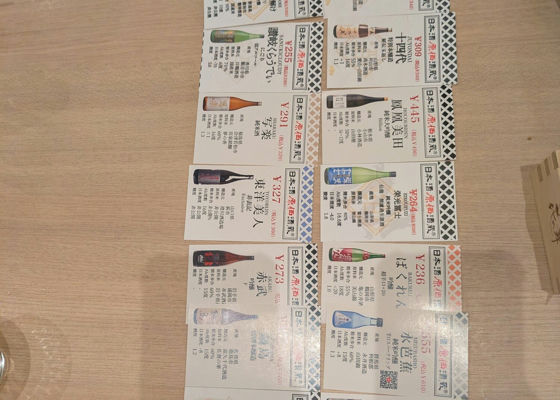
SakenowaRecord your sake experiences and discover your favorites
Most Check-in Brands
Sake Map
The origins of the sake you've drunk are colored on the map.Venues With Most Check-Ins
Timeline

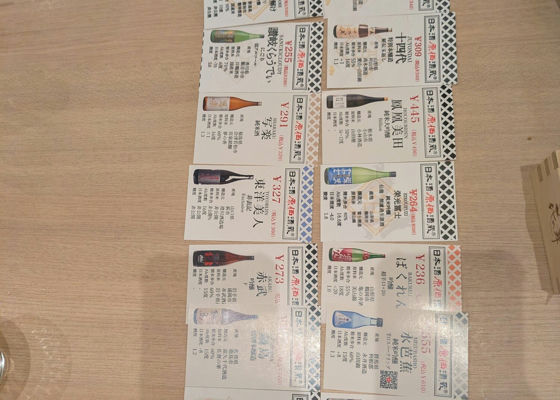
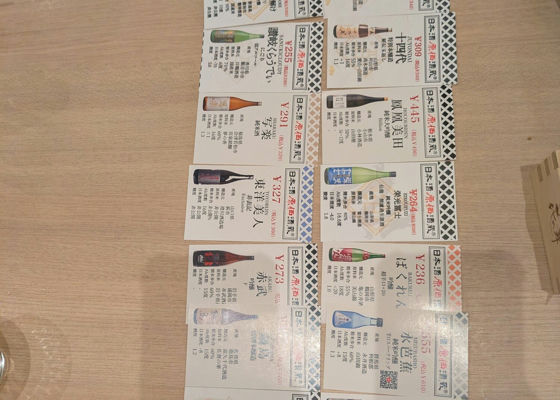
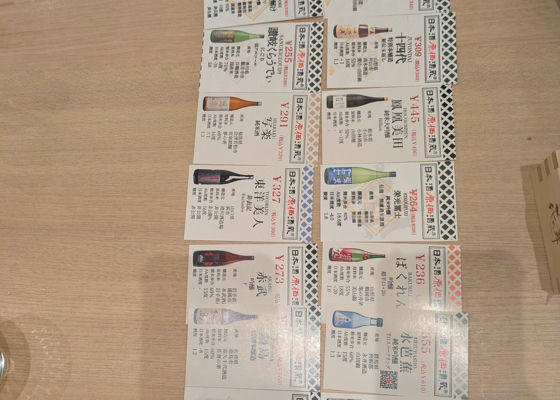
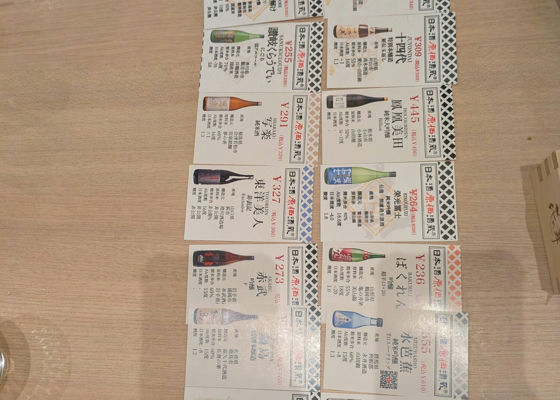
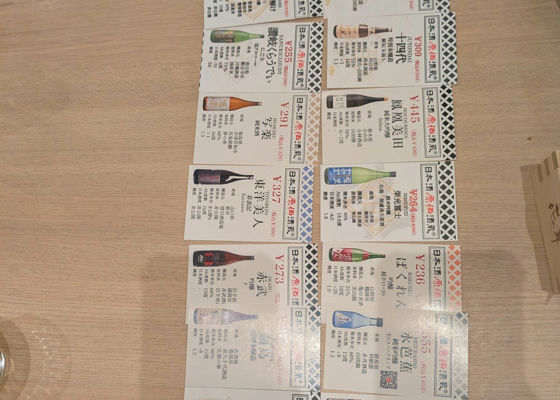
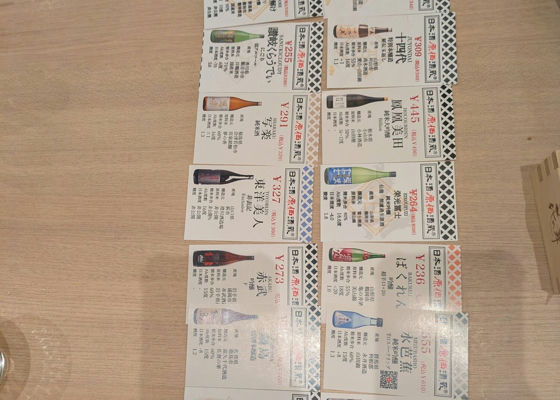
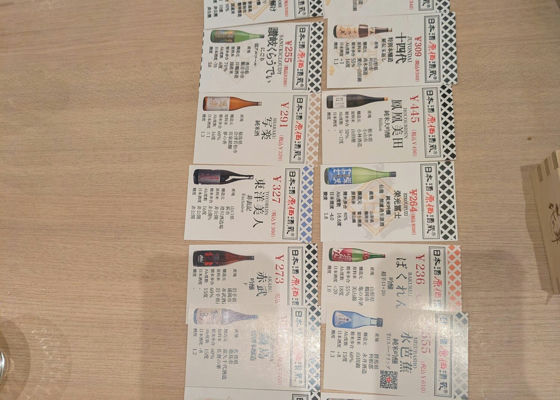
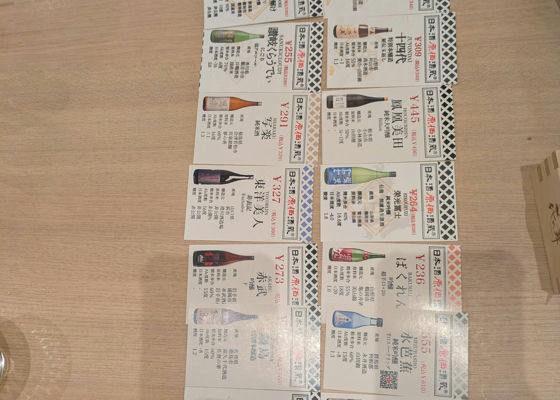
Mizubashoスパークリング
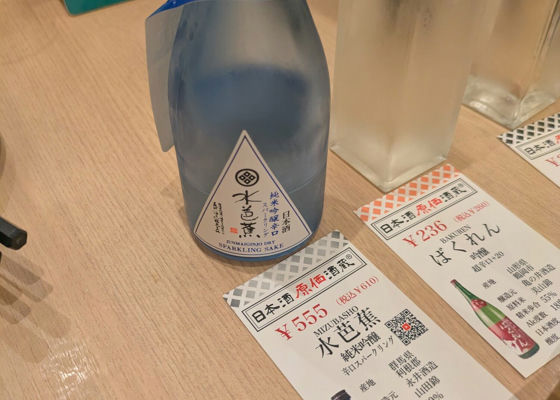
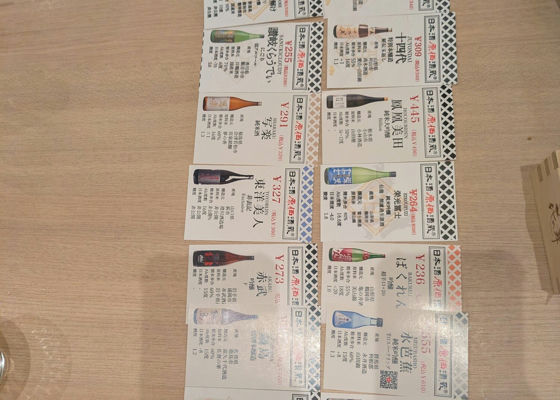
Glorious Mt.Fuji仙龍 無濾過生原酒
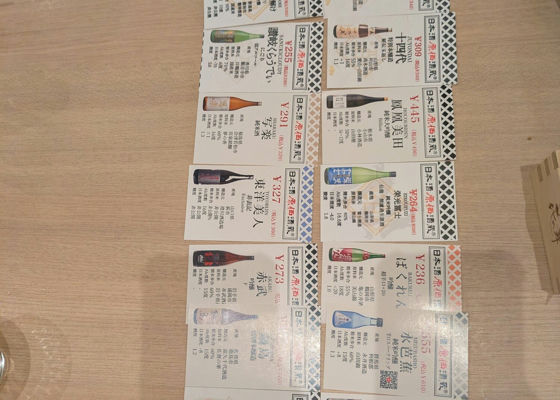
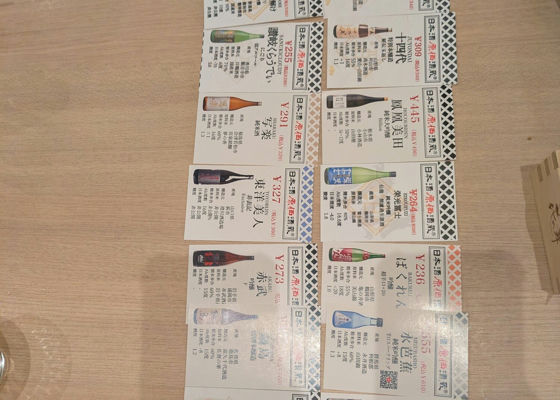
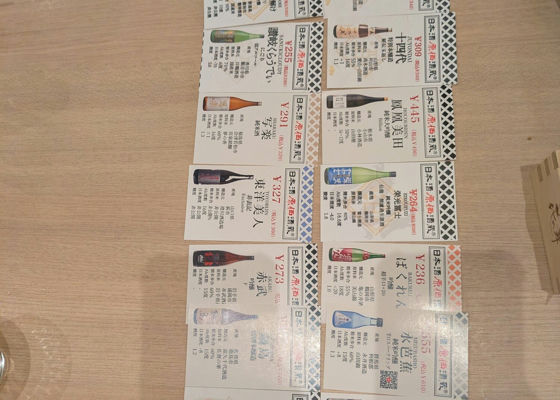
Robert
Where is this?
Japanese>English
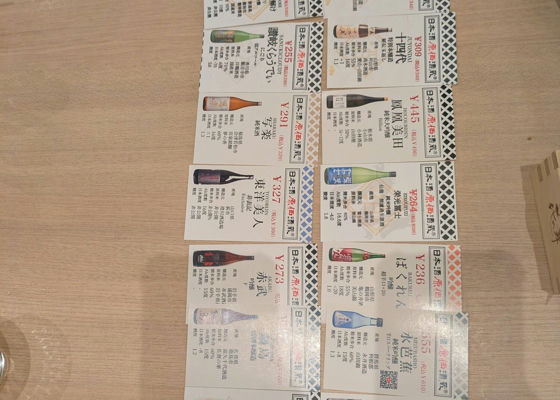

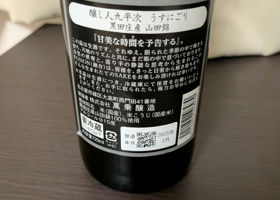
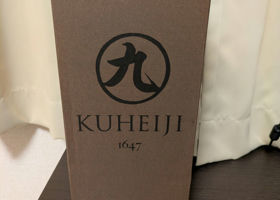
shu
Raw material rice: Yamadanishiki (produced in Kurodasho, Hyogo Prefecture)
Polishing ratio: Not disclosed
Yeast used: Not disclosed
Sake Degree: Not disclosed
Acidity: Not disclosed
Alcohol content: 16
I received a tax return gift from my hometown.
We carefully selected a new sake cup made of scissors ware, which is suitable for drinking this sake.
Happiness spreads in your mouth after drinking a cup.
Sweet, delicious, refreshing, fruitful, and heavy.
Easy to drink and a taste that does not float away.
Sai-ko.
4.1 points
Japanese>English
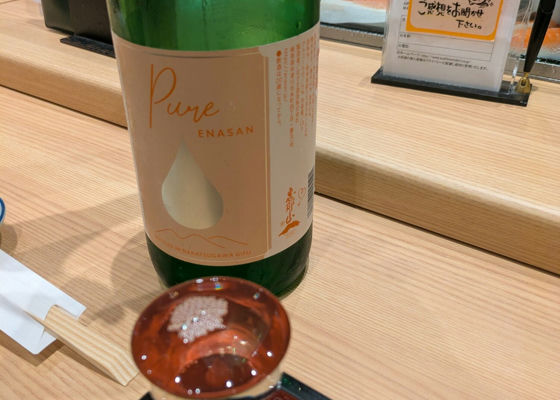
shu
Rice used: "Hidahomare" produced in Gifu Prefecture
Polishing: Koji rice: 40%/Kake rice: 50
Specific name sake, etc. Junmai Daiginjo/namaishu
Strength 15
At a sushi restaurant, I ordered a regular Junmai Daiginjo from Enayama, but they were out of stock,
But they said they had a pure one which was not listed on the menu.
It tasted fresh and clear.
Perfect with good sushi 😊.
I think I might have gone with this one ✨.
Will repeat😊.
4.4 points
Japanese>English
Yokoyama純米吟醸 SILVER 7 生酒
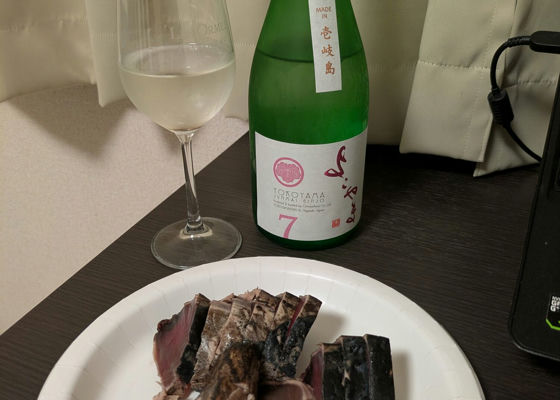
shu
Rice used: All Yamadanishiki
Polishing ratio・・・Koji rice: 50%/Kake rice: 55
Sake meter degree
Acidity
Yeast・・・Association No.7 yeast
Alcohol content・・・・16
It has a nice aroma like wine.
It has a refreshing and clear mouthfeel.
The difference is obvious when compared to Kaze no Mori, which has a higher hardness.
It is a soft water sake, so you can drink it like water.
I realized that I like to drink soft-water sake cooled down to a crisp and easy to drink.
Thanks for the reminder, Yokoyama!
The alcohol content is 16?
It's so easy to drink, you'd probably drink a lethal dose without even realizing it.
4.5 points
Japanese>English
ラムパパ
Yokoyama is really delicious. I am surprised that this is made on the island of Iki,
It's one of our family's regular sake!
Japanese>English
shu
Dear Ram Papa.
Thank you for your comment!
I was surprised at how tasty it was.
I wish I could go to the brewery in Iki.
Of course I plan to keep some on hand 😊.
Japanese>English
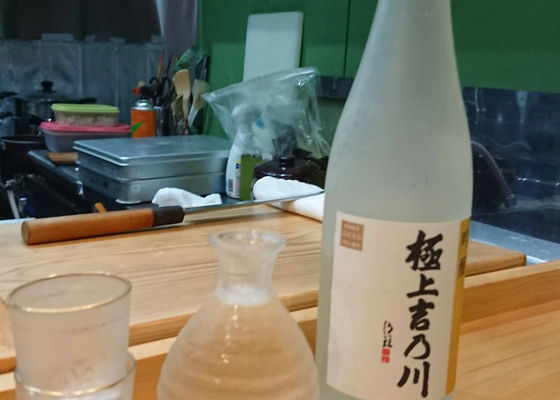
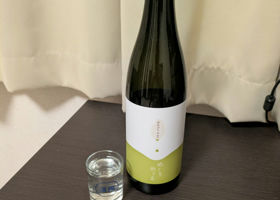
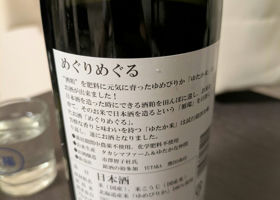
shu
Sake from Kitahiroshima, Hokkaido
Sweet and fruity, brewed by a female toji
100% Yumepirika from Hokkaido
Sustainable sake using rice grown with sake lees as fertilizer 🍶.
Great story and naming ✨.
Sold at the gift shop in Escondido ✨.
3.5 points
Japanese>English